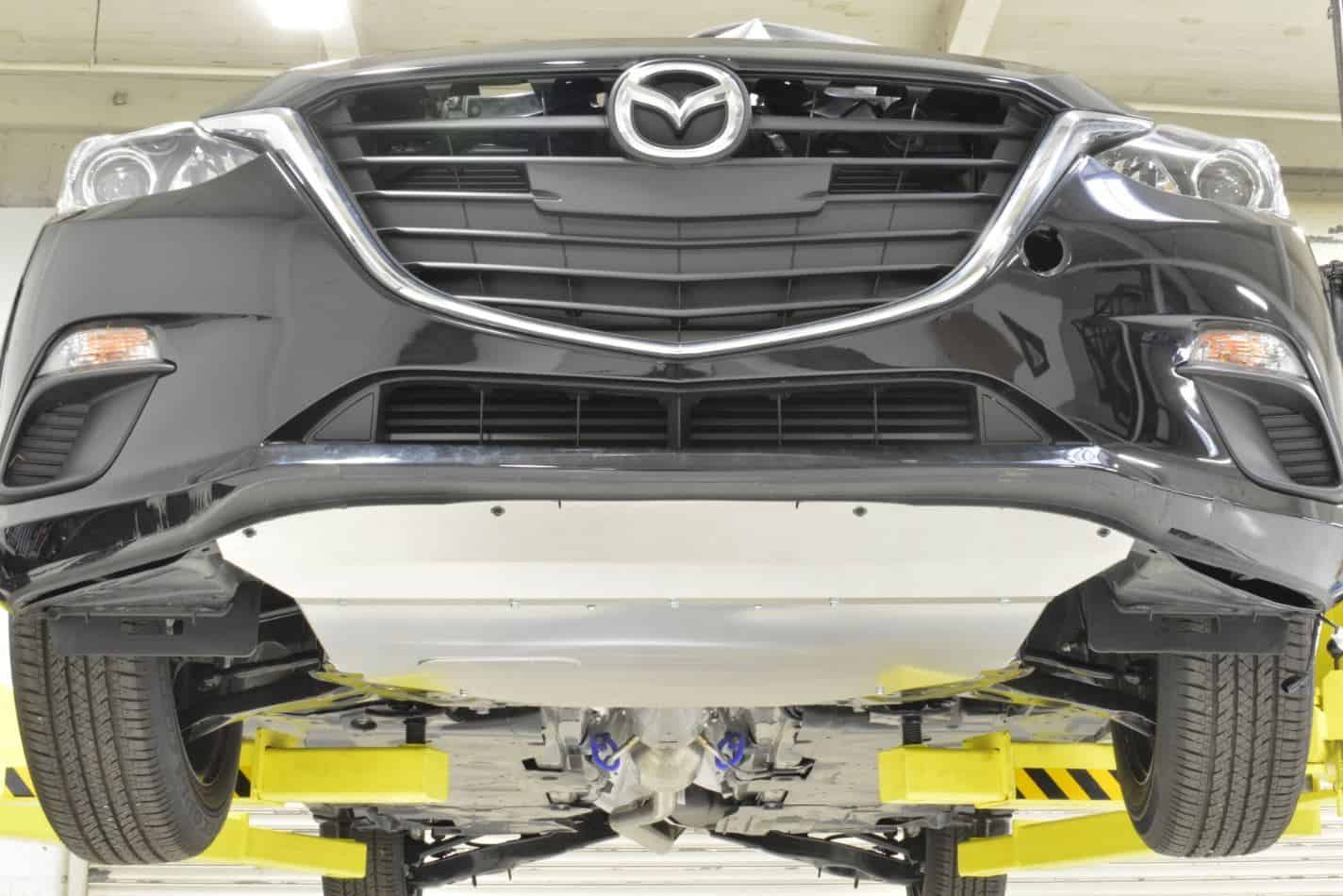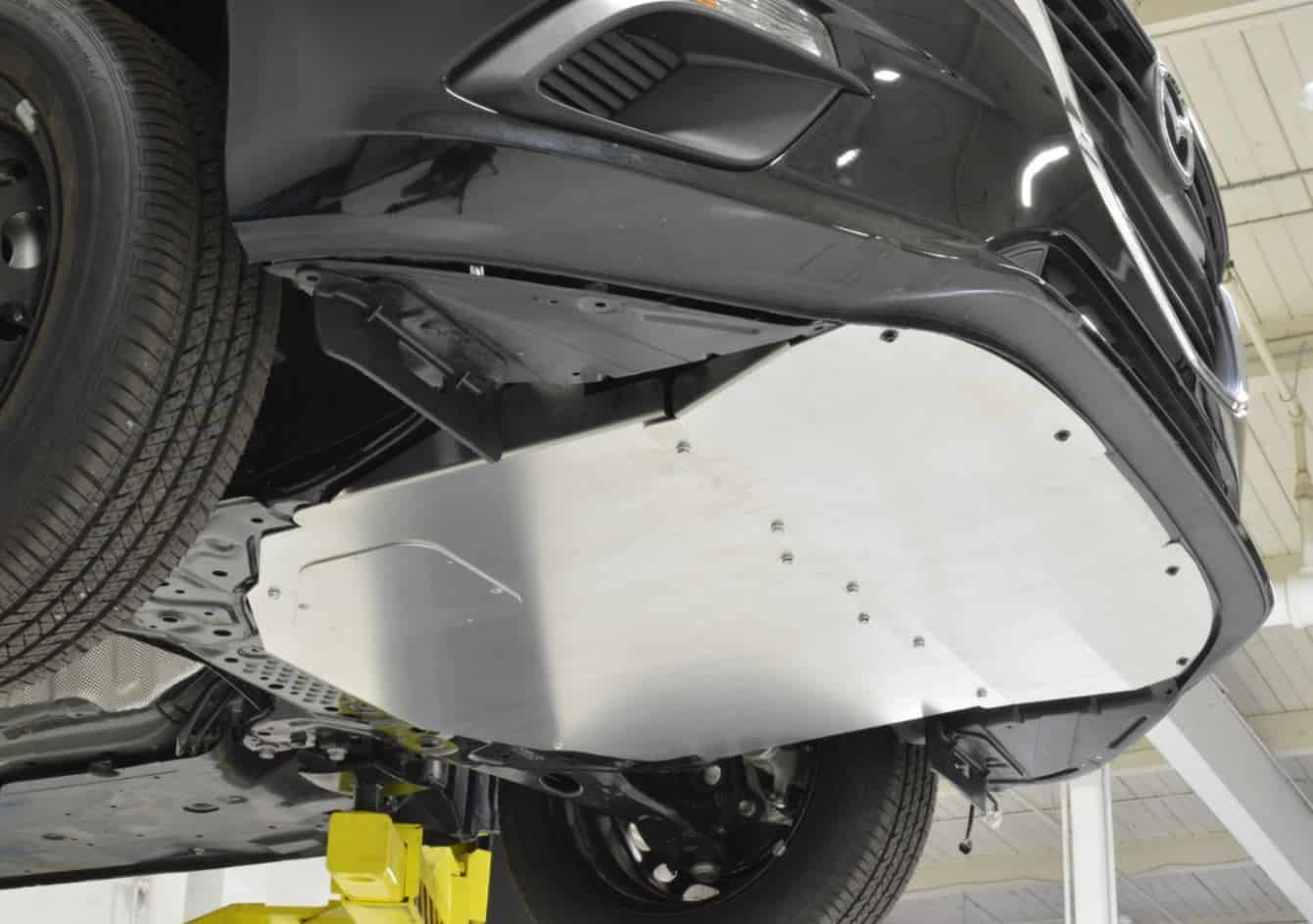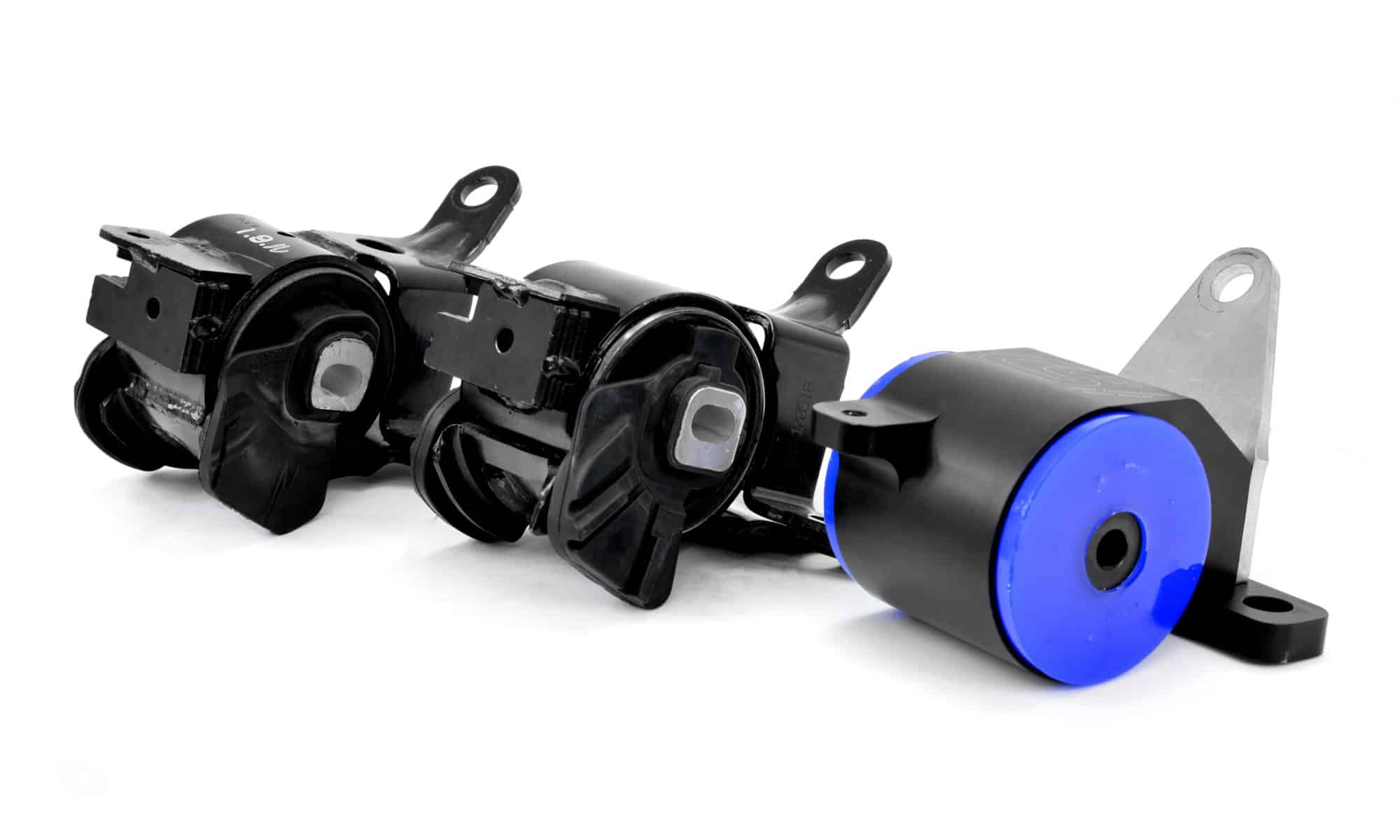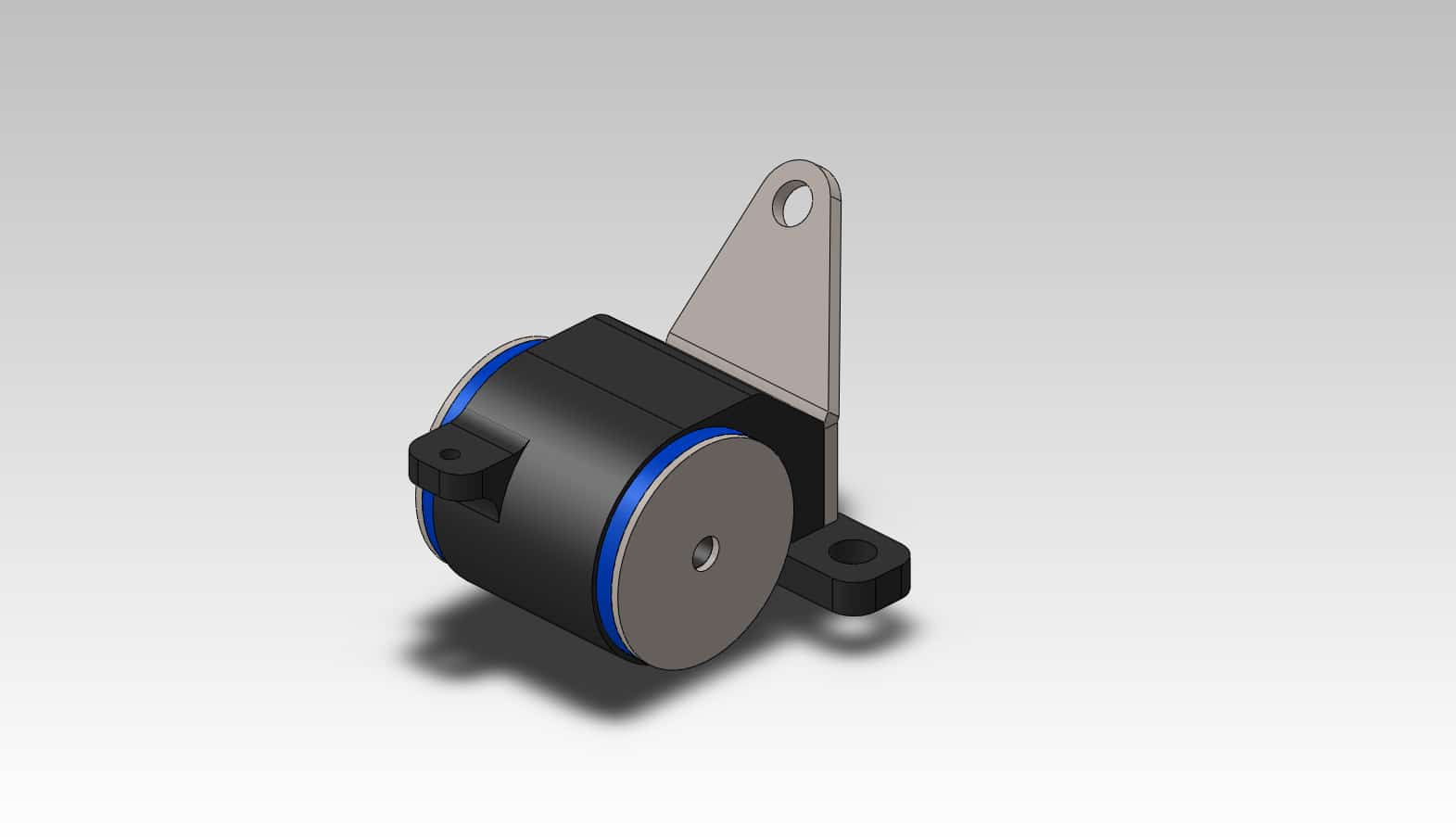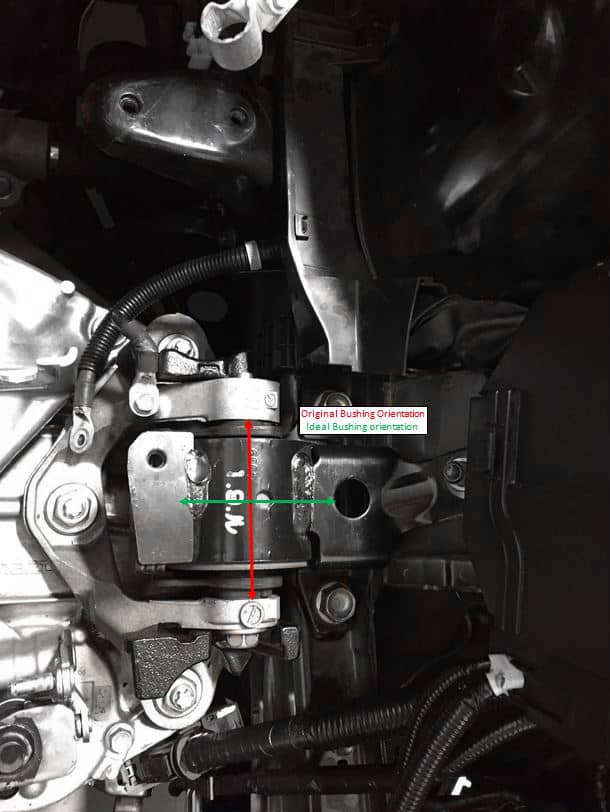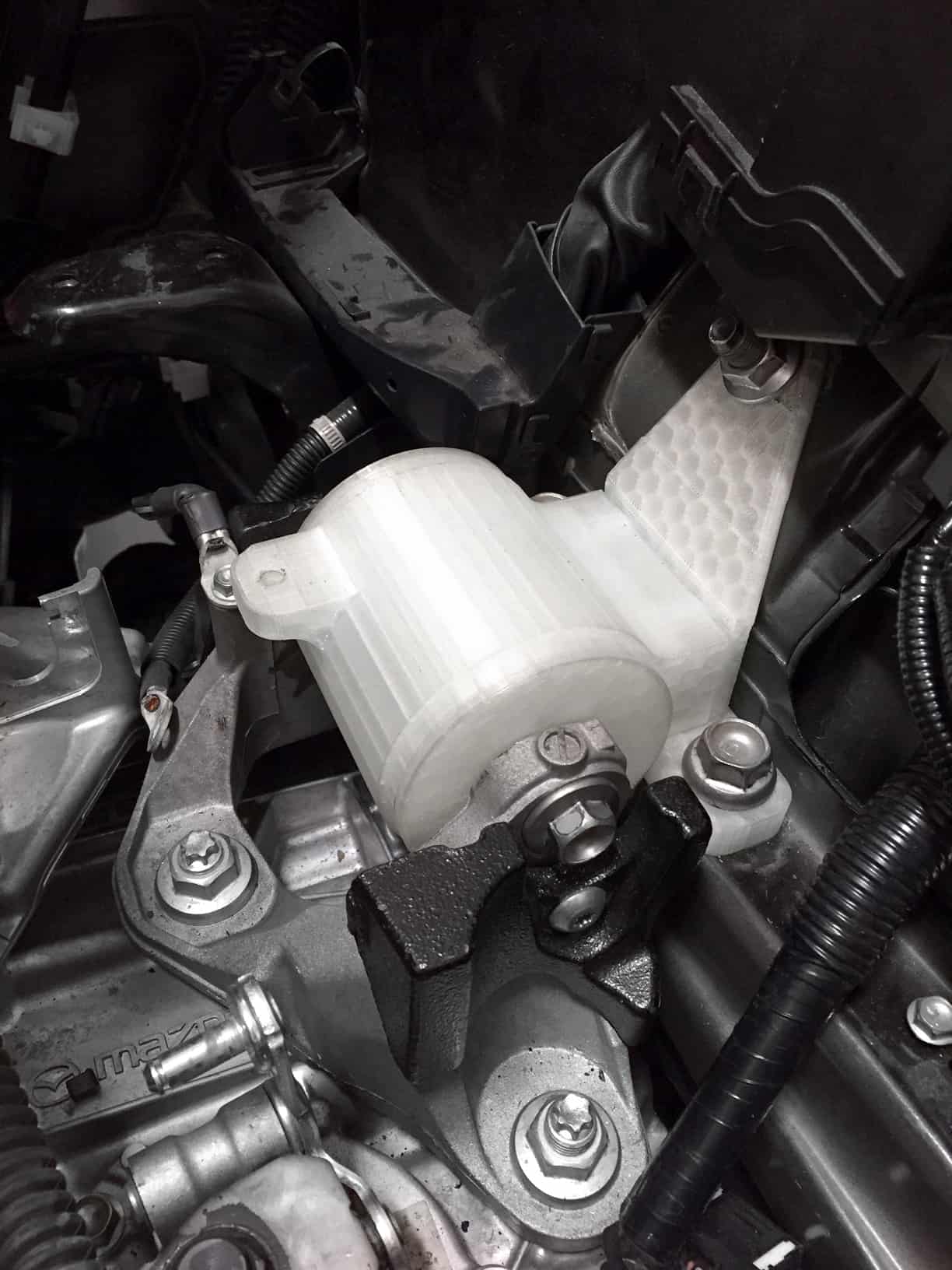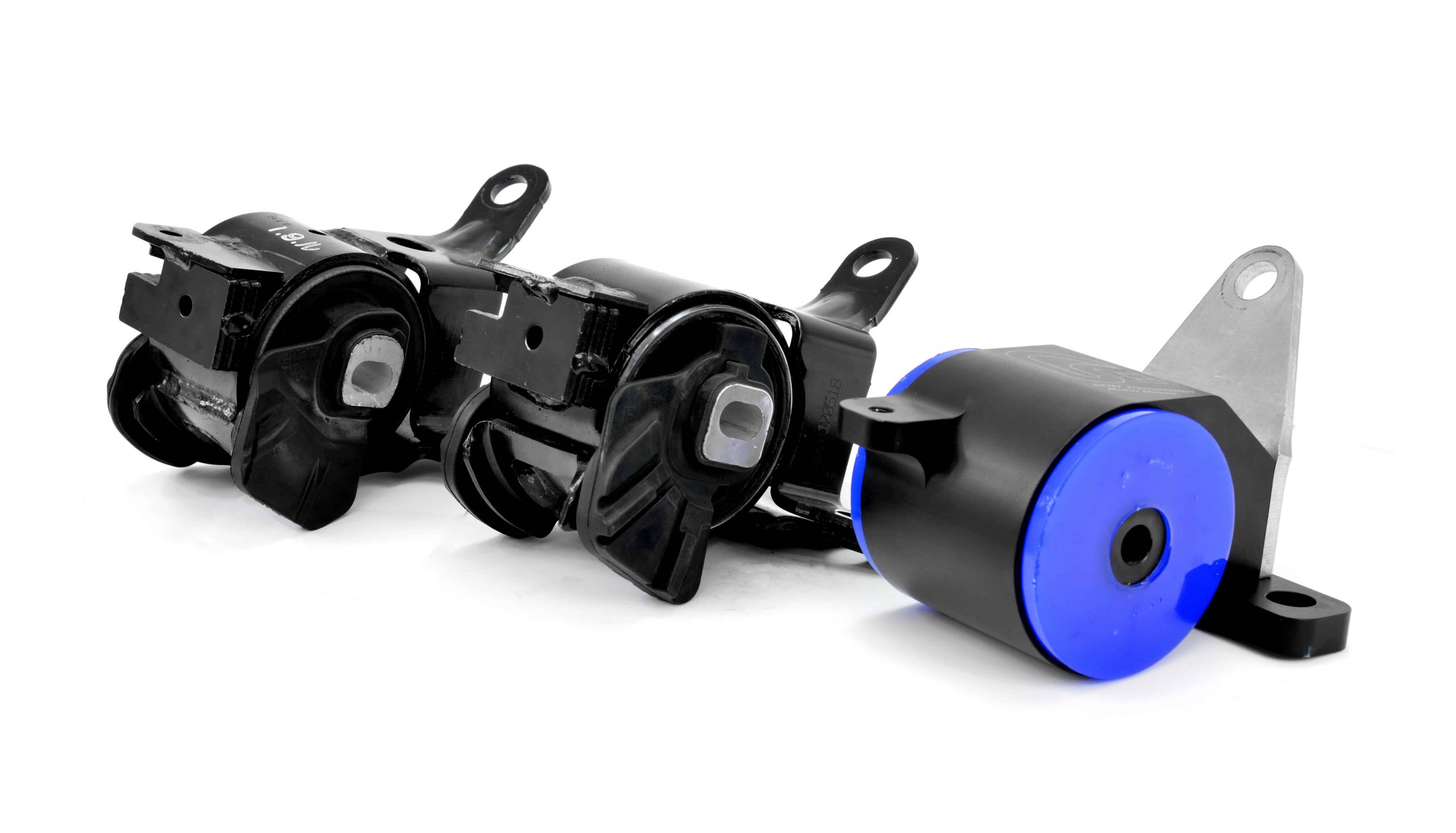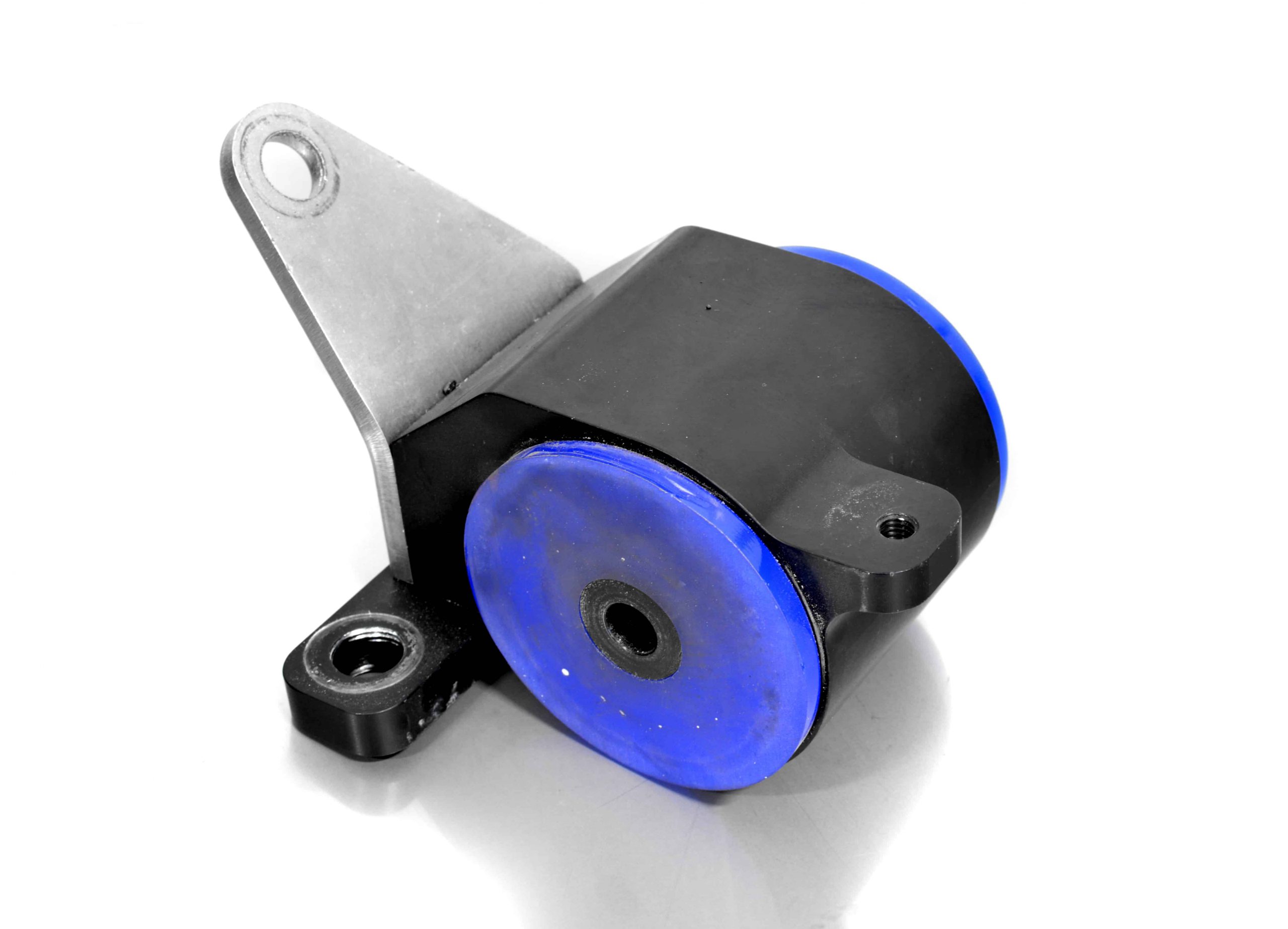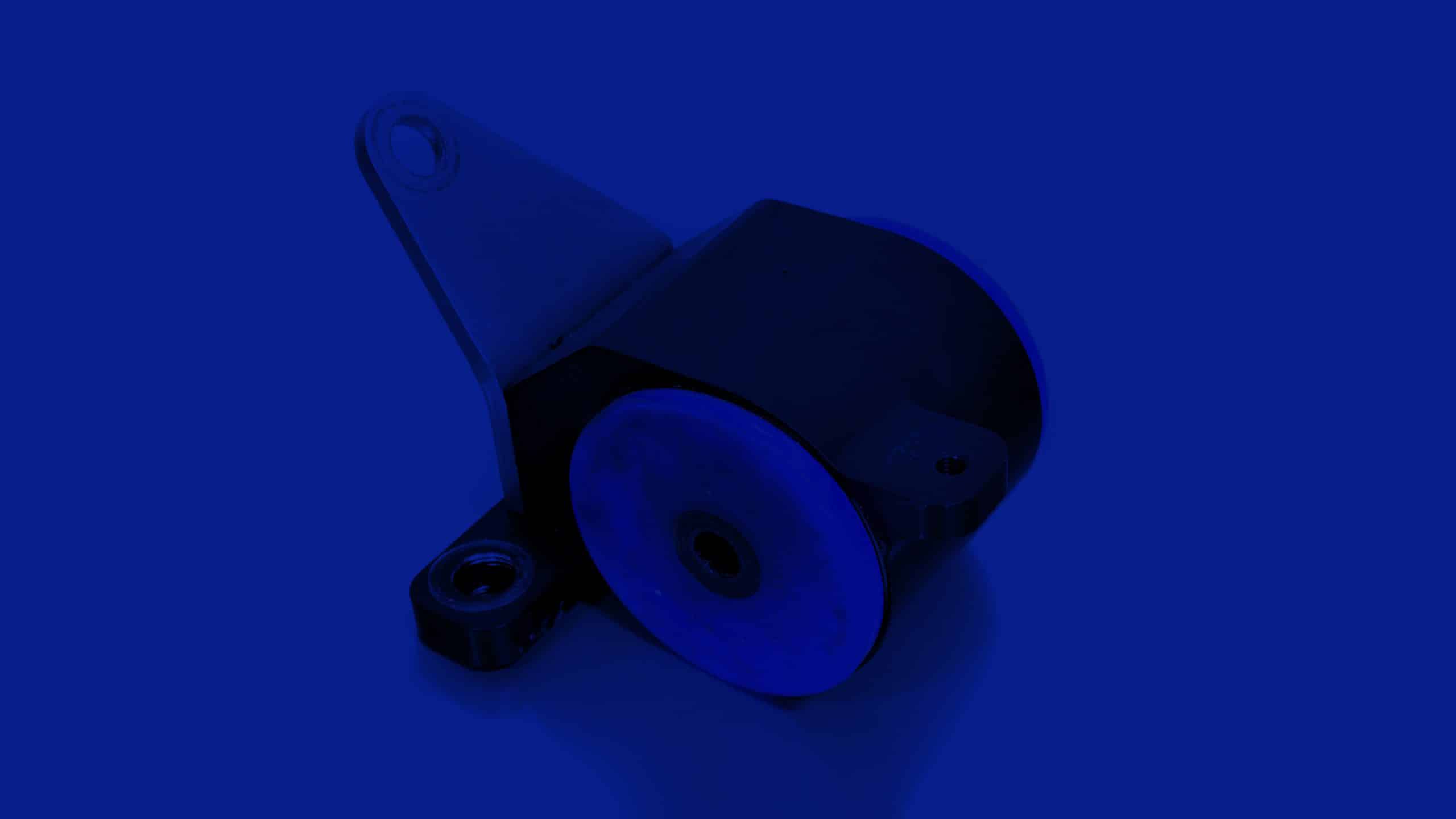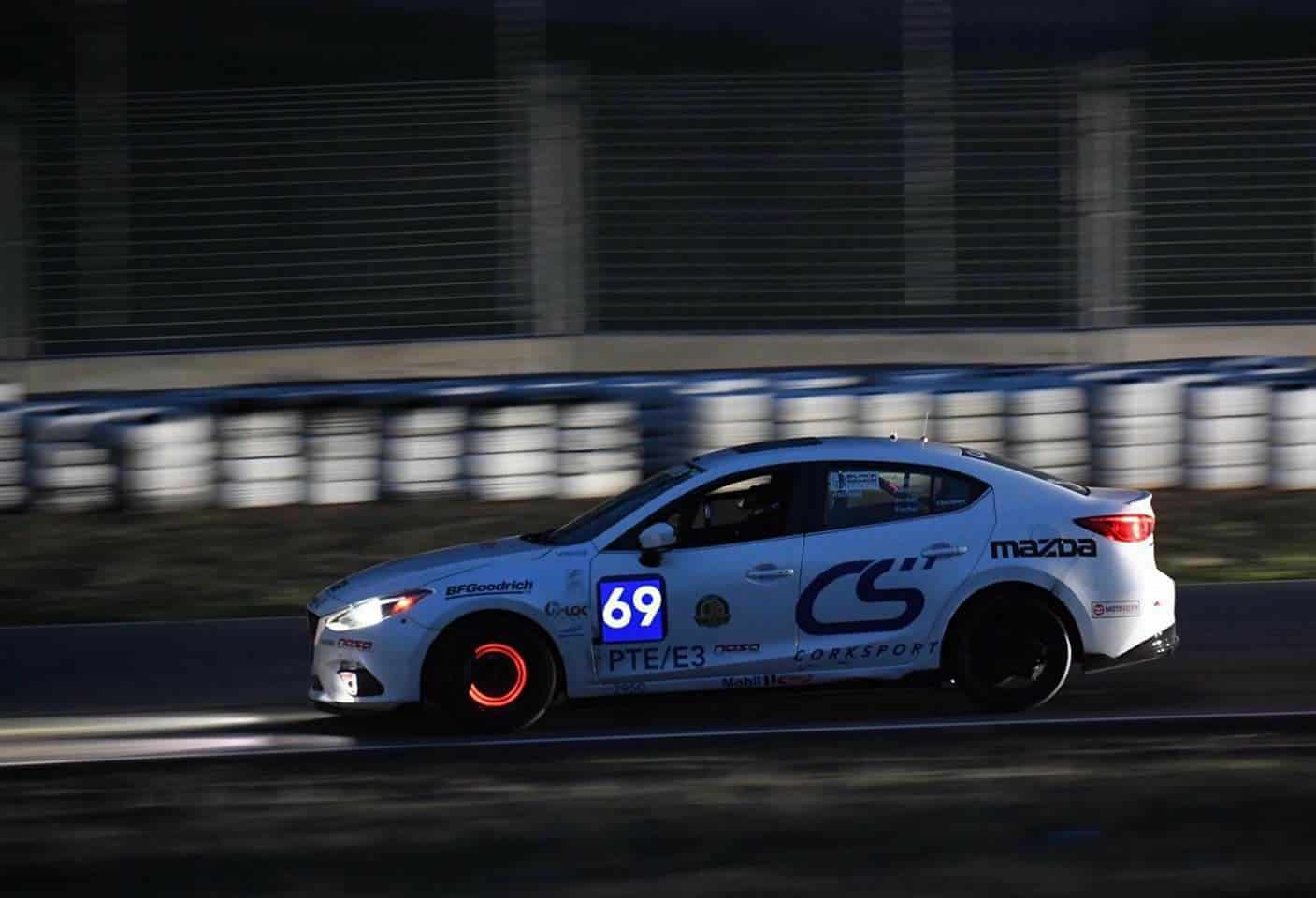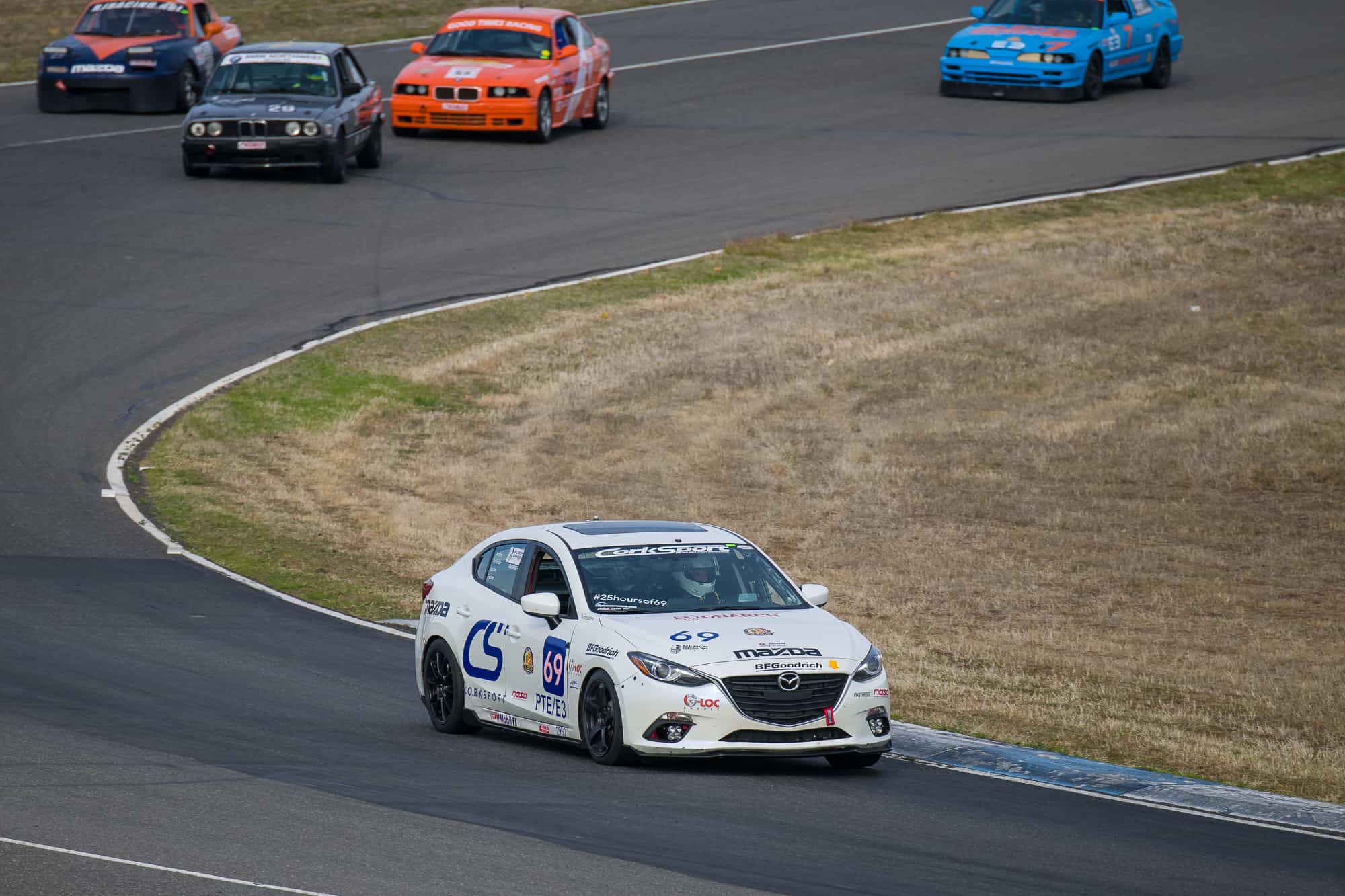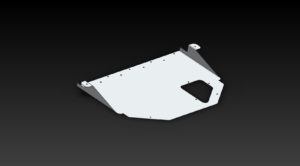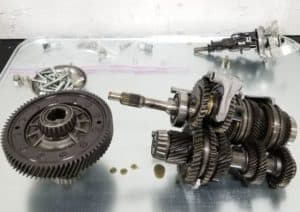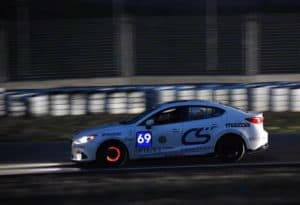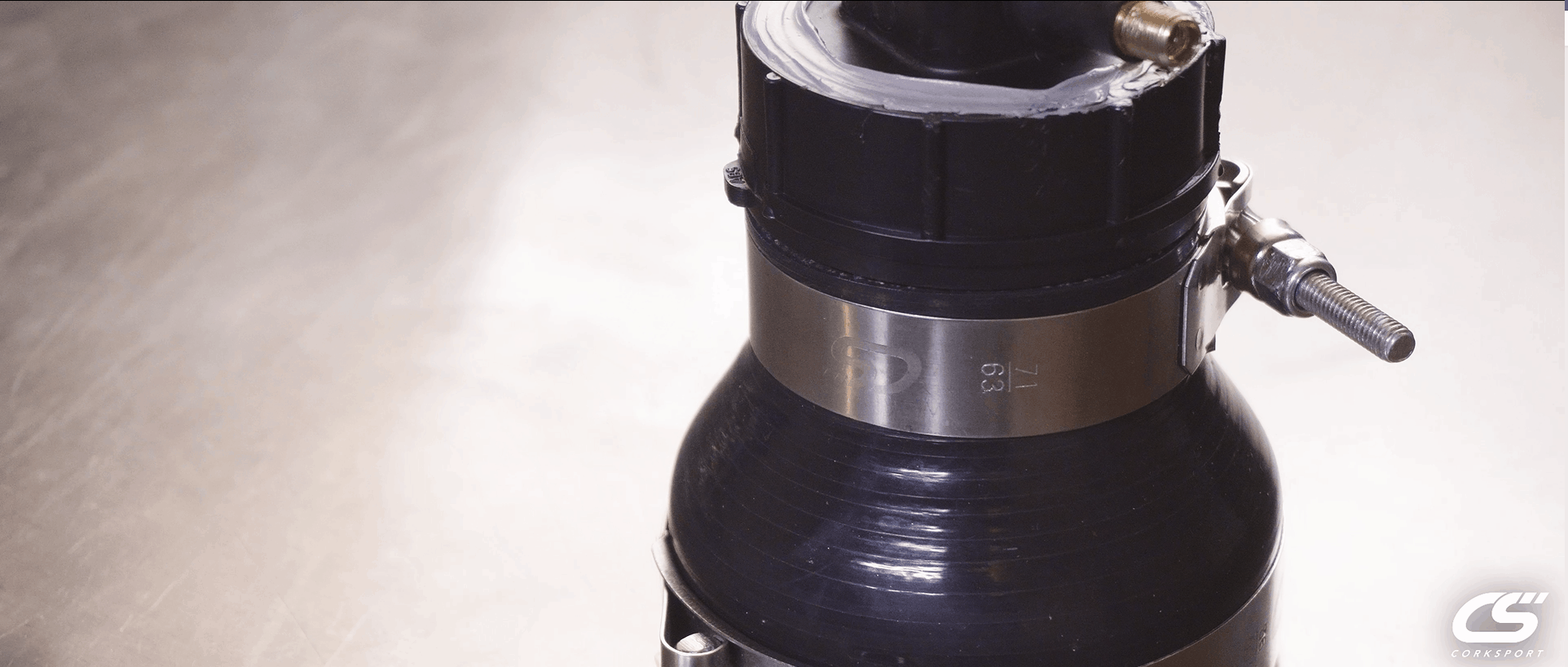Ceramic coating has been an up and coming thing for the past few years now.
By now I’m sure most of you have heard of it a time or two. Car enthusiasts have been utilizing it more and more as it has grown in popularity. Most professional detail shops offer this service now, but it doesn’t come cheap.
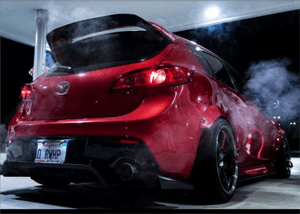
You may be asking yourself:
Why is this so expensive?
Why is it better than Wax?
Does it work that well?
I was skeptical at first too. I figured it was just the next curved TV. The next fad that’s taking over. However, I have a close friend here in the PNW that does professional detailing, and he convinced me to give it a shot. Afterwards, all I can say is, the hype is very real, and this stuff is amazing! My Mazdaspeed3 looks amazing! I used C-Quartz, but there are lots of different brands and options out there.
I’m going to walk you guys through the process it takes to do the ceramic coat, and you can decide for yourself if it’s truly worth it for you and your Mazda.
So what is Ceramic Coating?

Ceramic Coating is essentially a new achievement in car paint coating.
It chemically bonds to the paint surface allowing for a “Permanent” paint seal. Protecting it from dust, dirt, oxidation, chemicals, or anything that can compromise the paint. Unlike wax, it won’t break down or wash away in a few months. Depending on how many coats you have of ceramic, it can last from months to years.
That’s right… Years.
For those that want to keep their paint sealed and protected for a long time, even after rough winters, this will be the best way to do it. Water, dust, grime, anything that normally sticks to your paint, will have a much tougher time staying in your car due to the properties of the ceramic.
It has fantastic UV protection, and cleaning your car will take half the time. Not only because it prevents as much dirt from staying on your car, but because the water beads off and drying is so much faster! You can even do it on wheels and calipers to prevent dust from sticking as bad, making it much easier to keep clean and looking nice.
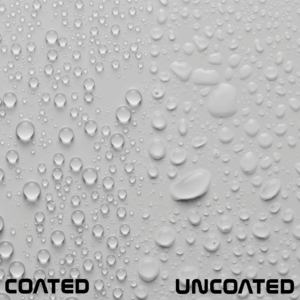
The Process
Even for an excellent detailer, this is still a day-long process, if not more. It takes great attention to detail, and some elbow grease to fully prep the car for the ceramic coating. Think of it like painting anything, the better the prep work, the better the final product will be.
It all starts with a car wash/ bath for your Mazda. Remove all the big stuff. Bugs, dirt, grime, etc.
Next comes a full paint correction. They need to get it as smooth and free of defects as possible. In this picture, you can clearly see the difference between left and right sides.

A clay bar is now put to work. Removing any bonded contaminants to the paint. Any bumps that can be felt with your fingers, will be removed, causing the paint to feel smooth like glass again. Quick spray wax is typically used as a lubricant to prevent scratching.
The amazing thing about a clay bar is that it reveals on the contaminants you can’t typically see as well.
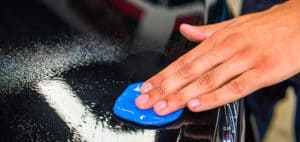
After this, the time now comes for the polish! The clear coat is essentially “Rearranged” by heat generated from the polish and the buffing pad. Making it even smoother and glossy again. It takes a lot of practice to know when it’s just right, and not go too far. Otherwise, it will burn the paint.
Now that the swirl Marks are gone, we use what’s called an IPA (Not the 5’Oclock somewhere kind of IPA) This is an isopropyl alcohol and water mixture that will get rid any polish and oil from the paint and lift dust to be removed. Creating a perfect bonding surface to apply the ceramic. This will allow for a stronger chemical bond to the paint.
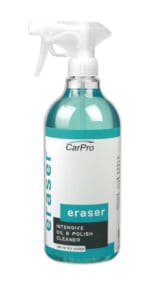
Now comes the time we have all been waiting for; the application process.
A small applicator that involves a foam block and a suede microfiber cloth is used. Ceramic is applied to the cloth, and then its wiped onto the paint. The method is like wax, in the regard that it must harden a bit before it is buffed off. They go panel by panel and apply it, then wipe off. It is important that the cloth is monitored for hardness too.
The ceramic in the cloth will eventually harden, and then it becomes unusable. The number of coats they do depends typically on how much you pay for. The more coats, the longer it will last.
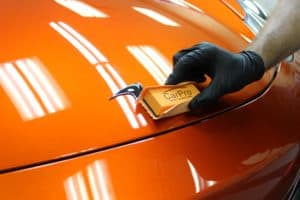
After the coat, its good to give the ceramic about a day to harden. Then this silica sealant can be applied. This preserves and maintains the ceramic. Every few months apply this to the car like a spray wax to keep it glossy and shiny.
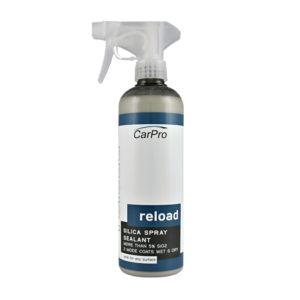
The best part is finally being able to do the first wash (Give it about a week or so before the first wash) and seeing how well it repels the water. It practically jumps off the car. But the crazy part is, it will continue to do this for months, or even years. A normal wax coating to protect your paint Is no longer necessary. Just can sit back and relax knowing the paint is protected.
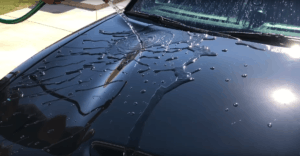
For anyone who loves their car and maintaining the paint. You will truly enjoy the outcome of this. Professional shops charge quite a bit. But I know plenty of DIY guys like myself that enjoy putting in the elbow grease. Either way, I believe its worth it, no matter the Mazda or Mazdaspeed you’re driving, and I thought I would share my experience with the Mazda Family!
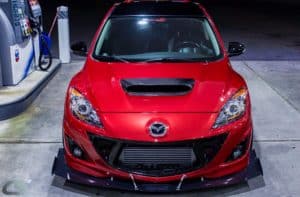
Thanks for checking in,
Regards,
CorkSport Team
You may also like:



